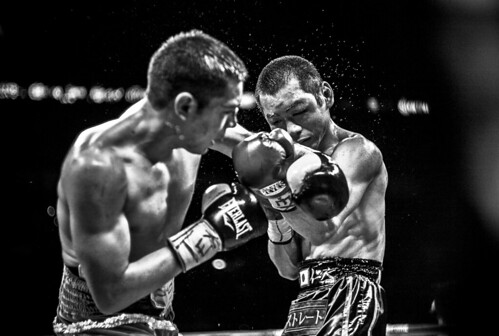What's your point? My M9P works, and works well. It's a couipled-coincident, full-frame <mostly> manual rangefinder camera. As a matter of fact, it's the only game in town. It does what I need for it to do. The T isn't an M and I don't particularly care what it is or what they do with it, as long as the income it generates allows Leica to continue to develop M bodies.
And btw, the M3 never went to war, at least in the U.S. The M series is a post-war invention. The U.S. military later used M2s and M4s. You may be spot-on with your analysis of electronics, but you need to read up on your history. 😉
Oh, I know my history. So does Leica:
http://www.dailymail.co.uk/news/art...es-Vietnam-war-sells-1-2-million-auction.html
http://blog.leica-camera.com/photog...nd-the-image-that-helped-end-the-vietnam-war/
Ut shot one of the most iconic wartime photos ever with an M2.
http://www.bbc.com/culture/story/20130726-leica-shoot-to-thrill
I am glad some people here think the red dot gives their M9 low light capabilities, because the laws of physics say those shots are missing critical exposure data from an inferior sensor. The DxO marks of the M9 means it has to miss far more shots compared to even some of the APS-C's of the same generation simply because its read noise and data numbers are so dismal. That affects ALL shadow shots with the M9.
Is that the value in the product you were looking for?
As for "celebrity marketing... Leica sells to you at full cost and use the premium to pay Seal. This reverse marketing is how Leica generates revenues these days. It used to be the workday journalists would buy Leica's even when AP would issue Nikon's as the field camera. That esteem of the Leica is what earned the well-deserved reputation. Rugged and well-serviced, Leica could take it and deliver excellent results. Now the marketing trend is to "seed" celebrities with the the product at visible venues and events to generate a buzz.
But from an engineering standpoint, the Leica image quality results are...missing...just like the RAW data reads from sub-par sensors. This apples to the S2 where one spends 6x the price of a D800 and the D800 eats the S2 for lunch. All that Leica glass does nothing for the S2. It does a lot for Leica's bottom line, but photographers eventually must wonder where their data is going.
The delta between Leica's IQ engineering output and its sales price has widened to an extreme we do not see with any other brand. The T uses a 3 year-old Sony sensor. Excellent engineering on the body. Top engineering on the lenses.
In the face of poor sensors, Leica's business model is t over-engineer on the optical and mechanical attributes and swallow it big on the electronics. CMOSIS makes a substandard product that does not align with the Leica standard.
What do you do when you are a brand based on German engineering pedigree but you cannot source the right product to deliver the photos comparable to a $600 Nikon?
You hire Seal. Go to the Oscars. Change the brand to a luxury brand and walk away from the photojournalist market that made your engineering stand out. You sell the status of that engineering pedigree even if the manifestation of the engineering no longer cuts it.
Leica very much counts on the inertia of its followers to purchase regardless of relative IQ. Leica actually expects you to purchase inferior quality in the images on a value basis.
There is zero colour difference between CCDs and CMOSs. It is all in the filters be they physical or software (Bayer, IR, interpolation, algorithm). If you do not understand this you do not understand how a photodiode works. CCD and CMOS have identical monochrome responses. Funny how light works.







